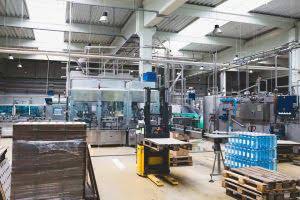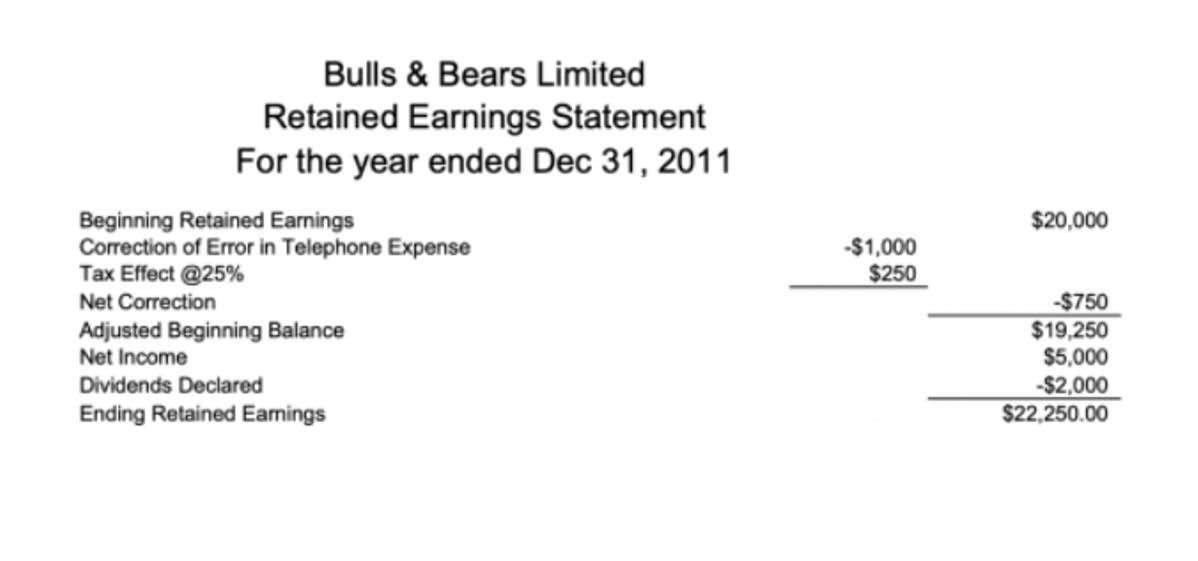
In the long run, all costs are to be recovered, whether it may be fixed or variable direct or indirect. After meeting all costs, there will be profit for which Return on Investment may be calculated and intimated to the management. Variable costing isn’t allowed for external reporting because it doesn’t follow the GAAP matching principle.

Not Suited to Product Line Comparison
- When your product costs accurately reflect all manufacturing expenses, you have a stronger basis for planning.
- Absorption costing is a means of incorporating a fair share of indirect cost or overheads into the cost of a unit of product or service provided.
- Also, the full costing method does not require sophisticated software or special skills.
- (h) Under this technique, profit is the excess of sales revenue over cost of goods sold.
- So, it’s that 20,000 that we’ll use as our budgeted level of activity when working out our overhead absorption rate.
Diverse, flexible manufacturing demands a more accurate approach to costing. These developments in manufacturing and marketing mean that the conventional way of treating fixed overheads might not be good enough. Companies need to know the causes of overheads, and need to realise that many of their ‘fixed costs’ might not be fixed at all. They need to try to assign costs to products or services on the basis of the resources they consume. In Table 1 in the spreadsheet above, we are given the budgeted marginal cost for two products. Under Absorption Costing, we consider variable and fixed selling & general administrative expenses as period costs, and we expense them in the period they’re incurred; we do not include them in the cost of production.
4 Full absorption costing

Organizations use variable costing calculator to determine profitability of the product. The absorption costing method records added fixed costs that are attributed to the business’ ending inventory. When choosing between absorption income statement cost and other costing methods, consider your business’s needs.
View indirect cost transactions of a production order:
- As such, relating fixed costs with production will distort trading results and vitiate cost comparison.
- These are considerations that cost accountants must closely manage when using absorption costing.
- (viii) Profit under absorption costing is not a good measure of a concern’s profitability.
- From this amount, fixed overheads are deducted to get the amount of profit or loss.
- Instead of allocating indirect costs across all products equally, ABC identifies the specific activities that consume resources and assigns costs to products accordingly.
- As such, product costs may be ascertained by the adoption of either absorption costing or marginal costing.
It fails to recognize certain inventory costs in the same period in which revenue is absorption costing formula generated by the expenses. Activity-based costing addresses this limitation of absorption costing by identifying activity drivers and cost pools. It means the ABC method offers precise costing and pricing information to the management than absorption costing. After allocation, apportionment, and reapportionment, the costs should be absorbed using a suitable overhead absorption rate. Absorption costing is a common method used by manufacturing businesses for several important reasons.

Absorption Costing – Limitations

A company may also be required to use the absorption costing method for reporting purposes if it prefers the variable costing method for management decision-making purposes. The absorption costing method is typically the standard for most QuickBooks Accountant companies with COGS. Auditors and financial stakeholders will require it for external reporting.
- Higgins Corporation budgets for a monthly manufacturing overhead cost of $100,000, which it plans to apply to its planned monthly production volume of 50,000 widgets at the rate of $2 per widget.
- If the labour cost of one job is 500 it will have to absorb 20% i.e. 100 as the overhead cost making the total cost to be 600.
- In the case of marginal costing however, excess of sales revenue over variable costs is the amount of contribution which for all practical purposes is the profit.
- After meeting all costs, there will be profit for which Return on Investment may be calculated and intimated to the management.
- We’re already told that the expected direct material cost is $12 per unit, and the labour cost is $14 per unit.
- Indirect costs have become an increasingly important factor in the total production cost of products or services.
- The cost per unit of fixed overhead fees is not accounted for when using the variable costing method although the absorption costing method does account for each fixed overhead fee incurred.